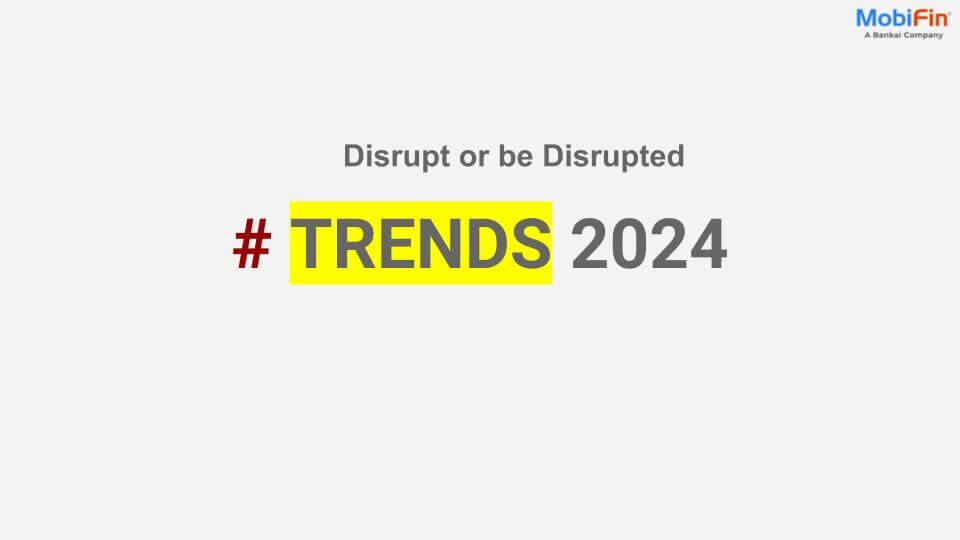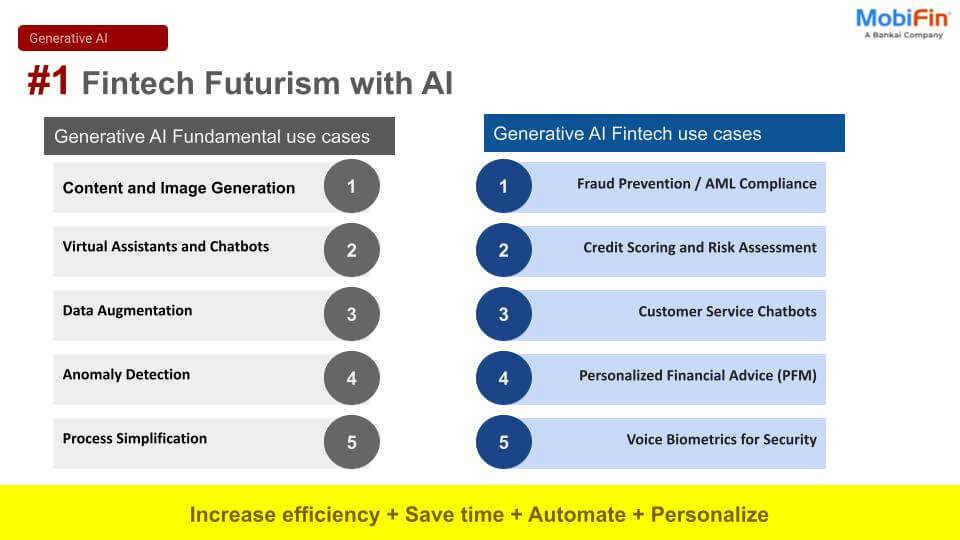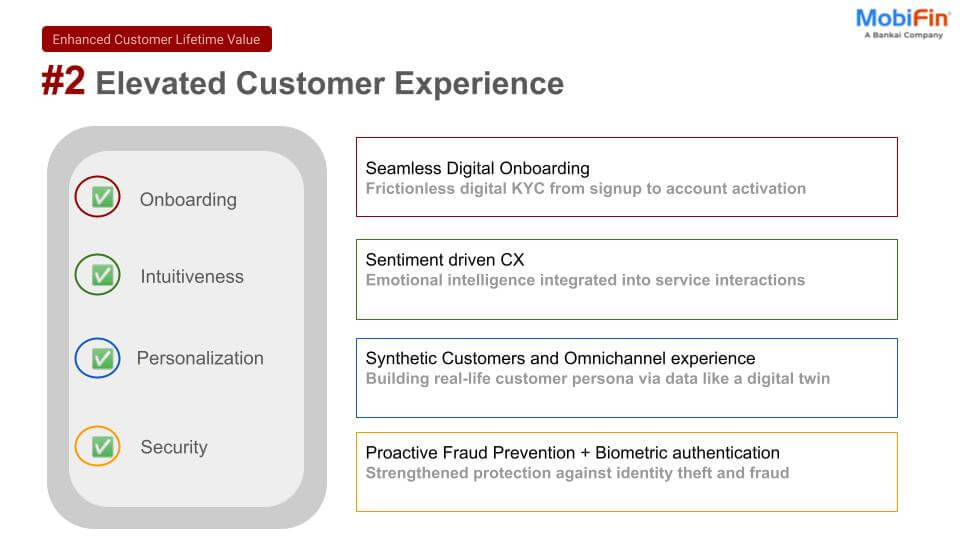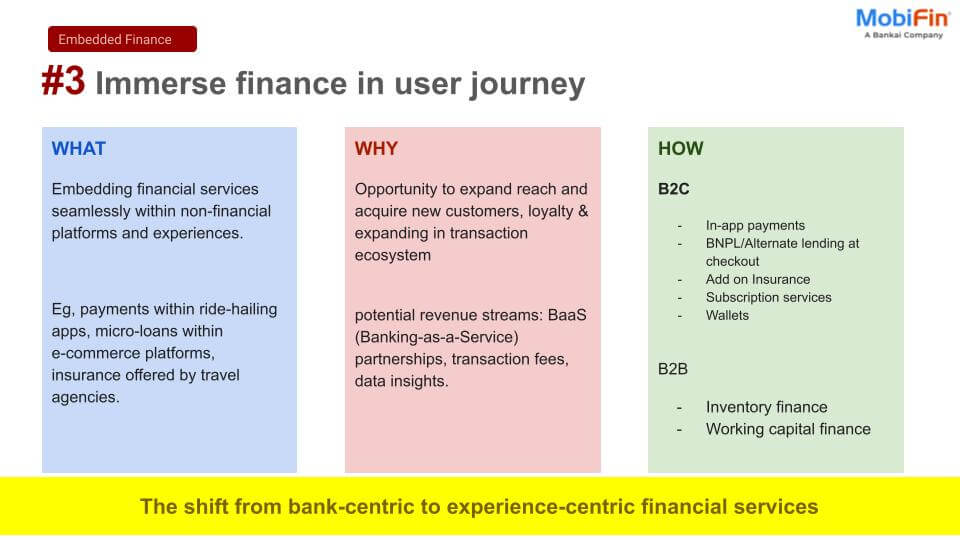While traditional lending processes serve their purpose, they fall short of reaching the unbanked, especially in remote areas. Traditional loan origination and management systems, even without the support of a digital lending platform, involve complex paperwork, in-person documentation, and higher operational costs, which can overwhelm borrowers and limit the growth of microfinance institutions.
This highlights the dire need for innovative financial solutions, and digital lending emerges as a promising avenue. Through technology, digital lending platform can break down the barriers that hinder financial inclusivity and offer more accessible alternatives – including online applications, KYC documentation, risk assessment, digital document verification, and automated loan processing.
We bring you a 6-step playbook that can reinvent the loan origination and management process. But before that, let us take a look at some of the primary drawbacks of manual loan processing.
Manual loan processing – slow, inefficient, and risky
The traditional, paper-based approach to loan processing is starting to feel like a relic of the past. While it may have made good for decades, the limitations of manual methods are now becoming increasingly apparent.
Check out the challenges that financial institutions relying solely on manual processes face:
- Limited transparency: Answering loan inquiries and sharing information manually can cause gaps in understanding and clarity. This limited transparency can frustrate borrowers and delay the loan application process.
- Scalability issues: Paper-based loan application forms are tedious and difficult to manage, especially with growing volume. This can create bottlenecks and impede the institution’s capability to expand rapidly.
- Limited accessibility: Requiring in-person document verification can be inconvenient for borrowers who live in remote areas or have busy schedules. This can restrict the institution’s reach and potentially alienate prospects.
- High operational costs: Manual processes are often labor-intensive and expensive to maintain. These high costs can limit the institution’s ability to offer competitive interest rates and grow its market share.
- Increased risk: Manual processes are more prone to errors, fraud, and documentation loss. These can erode customer trust, damage the institution’s reputation, and lead to regulatory non-compliance.
- Inefficient monitoring: Manual methods make it challenging to track borrower behavior and identify potential risks that can threaten the institution’s financial health.
As the financial industry continues to evolve, manual loan processing is no longer a viable long-term solution. Financial institutions must embrace digital transformation and explore innovative technologies that streamline their operations and mitigate the risks associated with manual processes.
The transformative shift to digital lending – a step-by-step playbook
In Latin America, over 40% of lenders have already embraced a digital platform for loan origination. Digital lending reduces the time and cost attached to traditional lending by automating and streamlining the lending process.
The average time for loan disbursement can be as short as 24 hours with digital processes, while it can be 30 days with the traditional approach.
The transition to digital loan origination and management involves several key steps, each of which plays a part in ensuring a smooth and efficient loan process:
Inquiry management
By digitizing the inquiry process, MFIs can efficiently manage inquiries from multiple channels—branches, walk-ins, online applications, and existing inquiries. Automating the responses can ensure quicker turnaround time and better management of potential borrowers.
Lead and online application processing
Digitization enables detailed online application forms, document uploads, and verification processes, including soft credit pulls and credit bureau checks. This speeds up the application process and enhances the accuracy of borrower assessments.
Lead verification
Digital lending platforms can also execute ID verification, e-KYC, biometric authentication, and real-time background checks. This lessens the fraud risk and ensures that only suitable borrowers move to the next stage of the lending process.
Loan disbursement
Once a loan is approved, the funds are distributed automatically, with real-time notifications to borrowers and stakeholders. Automated validation checks ensure regulatory requirements are complied with, reducing the risk of errors.
Loan servicing and monitoring
Digital loan origination and management platforms offer an interactive loan status dashboard and customer self-service portals, allowing borrowers to track their loan status and initiate online payments. Reports generated by these platforms enable institutions to monitor loan performance and portfolio health, enabling informed decision-making.
Collection management
Adopting digital processes eases collections through bank payments, electronic fund transfers, and mobile wallets. Automated payment reminders/notifications help reduce delinquencies, while integrated collection processing ensures timely follow-ups on overdue accounts.
How can AI take over the lending process?
AI-driven credit scoring
AI can evaluate data loads, including non-traditional sources such as mobile phone usage and social media activity. This allows AI to create more inclusive and authentic credit scores, opening up access to credit for individuals with restricted traditional financial history.
Risk prediction and portfolio stability
Machine learning algorithms can identify subtle patterns in borrower behavior that traditional scoring models might miss, leading to more accurate risk predictions. By anticipating potential defaults, lenders can proactively mitigate risks and enhance portfolio stability.
AI-powered chatbots and virtual assistants
AI-powered chatbots and virtual assistants provide 24/7 support, helping borrowers through the loan application and providing personalized loan advice. This enhances customer satisfaction while reducing the operational burden on customer service representatives.
AI-driven identity verification
AI-powered facial recognition, document verification, and biometric data improve KYC processes and ensure borrowers do not misrepresent their identities. This reduces the risk of identity fraud and strengthens the security of the lending process.
Predictive modeling
AI can forecast future trends in borrower behavior, market conditions, and economic factors. This empowers microfinance institutions and other lenders to make data-driven decisions, optimize resource allocation, and effectively mitigate risks.
Lending made easy with MobiFin’s Loan Origination and Management System
The shift to digital lending is no longer an option for MFIs seeking to thrive in today’s competitive market. Celent’s report says that 70% of lenders believe simplicity is crucial in loan origination.
By adopting digital loan origination and management systems like MobiFin, institutions can streamline operations, reduce expenses, and reach the underserved. MobiFin’s next-gen, intelligent platform offers a seamless experience to customers and institutions alike. It empowers institutions to deliver exceptional customer service and drive financial inclusion.
The future of lending is digital, and institutions that embrace this transformation will be well-positioned for success.








